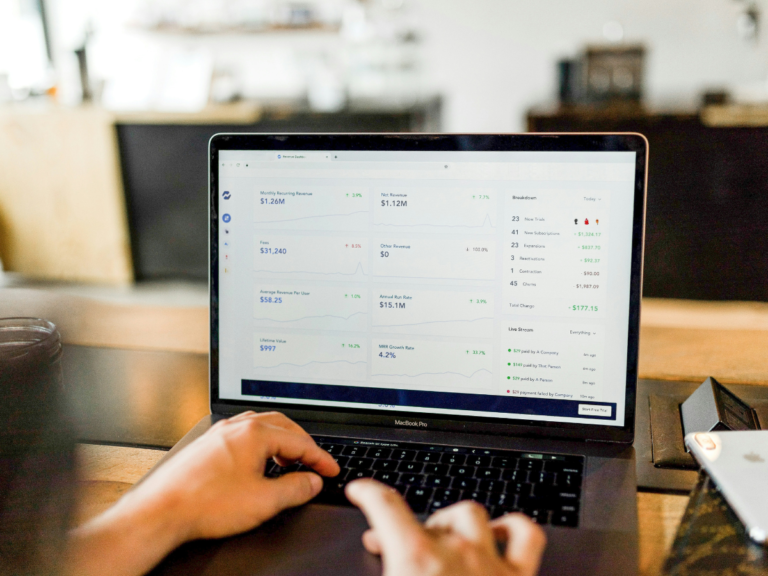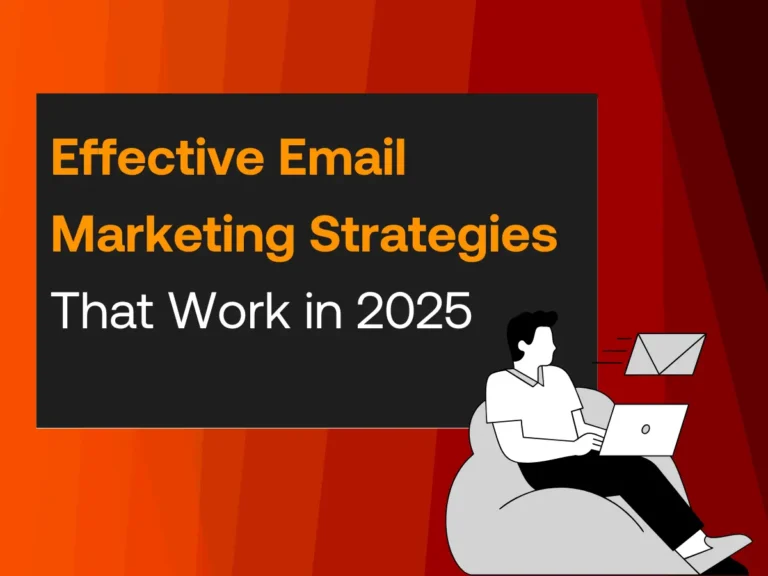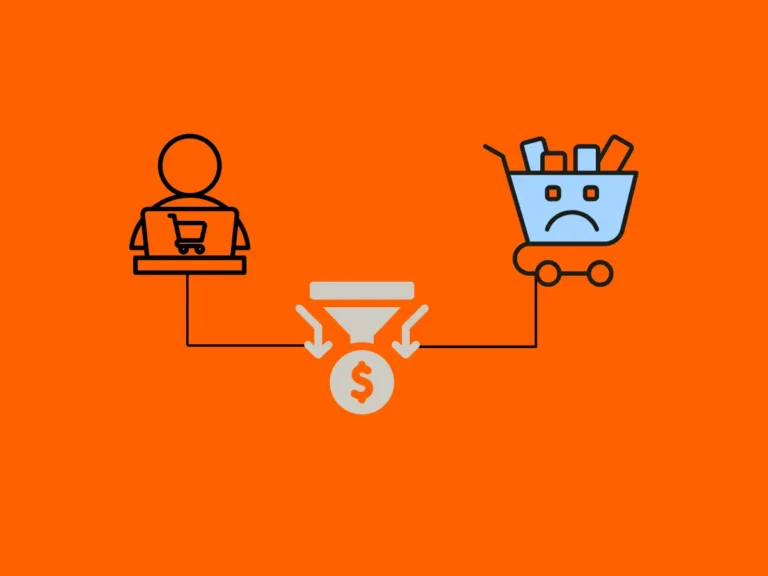
Finally, you built a website for your startup with the right startup tools. Now, you think it’s time to sit back, watch the traffic grow, and accumulate massive revenue. No! Optimising your startup website is next on your agenda, and until you do that, you’ll experience low conversion rates and high bounce rates
So, how do you go about it? This blog explains how to make an optimised website and what you need for conversions and growth.
What is Website Optimization?
Website optimisation is the process of improving your website’s performance across several aspects, like conversion rates, user experience, and growth. This is particularly important for an online store. While you may have other reasons, optimising your startup website is to give visitors a hitch-free journey.
Why is Website Optimization Important?
According to Hubspot, the average bounce rate for most websites is anywhere from 26% to 70%. For clarity’s sake, bounce rate is the number of people who land on a page on your website and then leave!. No clicking, no moving to a second page, just a “one and done” situation.
So, bounce rate is not a vanity metric you should ignore. Looking at the statistics above and your website’s freshness, it cannot attract and retain visitors without a boost, so optimising your startup website is a must.
Now, let’s move on from the trauma of the high bounce rate. You gain a whole lot from optimising your startup website
Benefits of Website Optimization
Expect and prepare for the following when you optimize your startup’s website
Traffic growth: 75% of searchers never scroll past the first page on a Google search. Since search engines typically rank websites with optimised content higher, your website will get more clicks and traffic.
More brand visibility: your website won’t get any visibility buried in oblivion; you need to court attention. Website optimisation pushes your website into the limelight and increases the number of people who recognise your brand.
Impeccable brand reputation: You can’t buy a good reputation; you must earn it. Optimising your website provides visitors with a smooth digital experience and gives your brand a positive reputation.
Increased conversion: With the increase in traffic, the chances of visitors turning into buying customers increase. Since increased conversion itself is a pillar in website optimization, let’s look at how to position your website for conversions and growth.

How To Optimize Your Website For Conversion
There are lots of strategies for optimising your startup website; it all depends on your end goal. If conversions and growth are the goals, you need to implement conversion rate optimisation.
What is Conversion Rate Optimisation?
Conversion rate optimisation is the art of optimising your website with the hopes that visitors complete a desired action that aligns with your business goals. You may want them to sign up for a newsletter, register for training, or even buy a product. The point is that they do it.
To successfully optimise for conversions, you‘ll need to understand user behaviour, track key performance indicators (e.g., bounce rate, average order value, etc.), improve UX design, and provide value through content.
Here’s what to work on for better conversion rates
Site Speed
When it comes to boosting your startup’s online presence, page speed becomes a huge factor. Picture this: a visitor clicks on your website, and it takes about 15 seconds to load the first page. Naturally, no visitor would stay that long before they exit.
This shows that slow page speed contributes greatly to high bounce rates and, subsequently, a low conversion rate.
So, what do you do? To boost your site speed, you can minimise and compress codes, images, and videos; enable caching; use a suitable website design template; and use content delivery networks closest to your users.
Beyond the above steps, it’s important you employ tools such as Google Pagespeed Insights, GTmetrics, or Pingdom to analyse your website and reveal room for improvement.
Site Design
A website is your startup’s digital office; it’s where your clients go to check your brand out. So, you can’t afford the bad first impression a substandard website design will give you.

Since your site design impacts your office’s growth, you must use clear, consistent, and attractive designs. While aesthetics matter, the question remains, “Can the target audience understand and relate to it?”.
Additionally, it must be responsive and adaptive to different devices and screen sizes—laptops, tablets, and mobile phones too. Also, employ tools like Google Mobile-Friendly Test, Responsive Design Checker, or BrowserStack to test it on various browsers and devices.
Tips to create an optimized site design
- Use a simple, easy-to-understand navigation menu
- Maintain the same style throughout the website
- Incorporate clear and compelling call-to-actions (CTA)
- Use images, videos and animations to enhance your brand’s message
Site Content
Great content is the cornerstone of your startup’s website, and it makes perfect sense to touch it up when optimising your startup website. Because once visitors realise the great value your website dishes out, they’re bound to come back and even give referrals. Here are some tips to create good site content:
- Make your content relevant, engaging and valuable to your audience; they’ll come for more
- Invest in evergreen content; while trending topics fade after some time, evergreen content maintains relevancy for a longer time, raking in more traffic over time.
- Optimise for SEO; When optimising your startup website, research valid keywords and blend them into your content; it helps search engines understand the content. For this, use tools like Google Keyword Planner and Semrush. Also, add keywords to URLs, meta tags, and body (don’t forget internal and external links!).
- Incorporate multimedia elements: images, videos, infographics, etc.—basically, anything to keep readers’ attention.
- Use headlines, subheadings, and bullet points to break up the text and make it easier to read. Make sure the content is well edited.
While you’re at it, ensure you regularly update content to keep it fresh for users.
User Experience
When optimising your startup website, note that your user experience is the overall impression and satisfaction your website’s visitors have when they leave. It affects everything from conversion rate to loyalty to referrals. So, how do you give users the best experience?
The trick is to put yourself in your user’s shoes. What do they want? What are their needs? Find out their expectations and craft your website around them. Rather than fumble in the dark, there are a few things you can do to fit correctly in their shoes.
- Build user personas: this is a list of everything about your ideal user: demographics, preferences, and the like.
- Seek and act on user feedback: Feedback is a great way to improve on anything, including user experience, inclusively. With both negative and positive feedback, optimising your startup website becomes easy.
- Use wireframes, prototypes, and mockups to test and validate website design and functionality.
- Offer support channels like chatbots or live chat to provide immediate assistance.
Finally, when optimising your startup website for conversion, ensure every element reflects an understanding of your users’ needs and expectations.
Site Analysis
Optimising your startup website for growth involves constant site analysis. You must track and analyse traffic, user behaviour, and conversion rates to understand user needs and preferences.
To do this efficiently, you must use tools like Google Analytics, Google Optimise, or Hotjar to collect and visualise your data. Furthermore, utilise KPIs, set goals, segment, and filter data by source, device, behaviour, etc. Additionally, employ heatmaps and recordings to observe user interactions as well as A/B or multivariate testing for continuous improvement.
Those are the major areas of focus for proper conversion rate optimization. Most importantly, use the motto “user first” as a guide.
The Tools You’ll Need For Website Optimization
Optimising your startup website cannot work without the use of tools. Luckily, technological advancements led to the development of more efficient software for you. Here’s a list of tools you’ll need to optimise your website for conversions and growth.
Website Performance Optimisation Tools: Two-second page loading delay can be annoying. A website performance tool monitors your site speed and caching, so you’re aware at all times.
User Experience Tools: You need them to note gaps in the user journey
Conversion Rate Optimisation Tools: These track and analyse user behaviour for you. Some even offer funnel visualisation.
Content Optimisation Tools: They find broken links, misspellings, and duplicate content so you can maintain content freshness and relevancy.
SEO Tools: A good SEO tool keeps an eye on rankings, keywords, and internal and external linkings for you. Most even optimise your content for SEO.
Website Analytics Tools: These ones keep track of your users, website progress, and your KPIs.
Finally…
Optimising your startup website may be a hassle; that’s why you should let Techdella get it done!. We are a team of digital experts available to help your startup conquer the digital world.
We’ll handle your website for you; contact us now.
Related Marketing Strategies

How to Track and Measure Growth with Startup Analytics Tools



